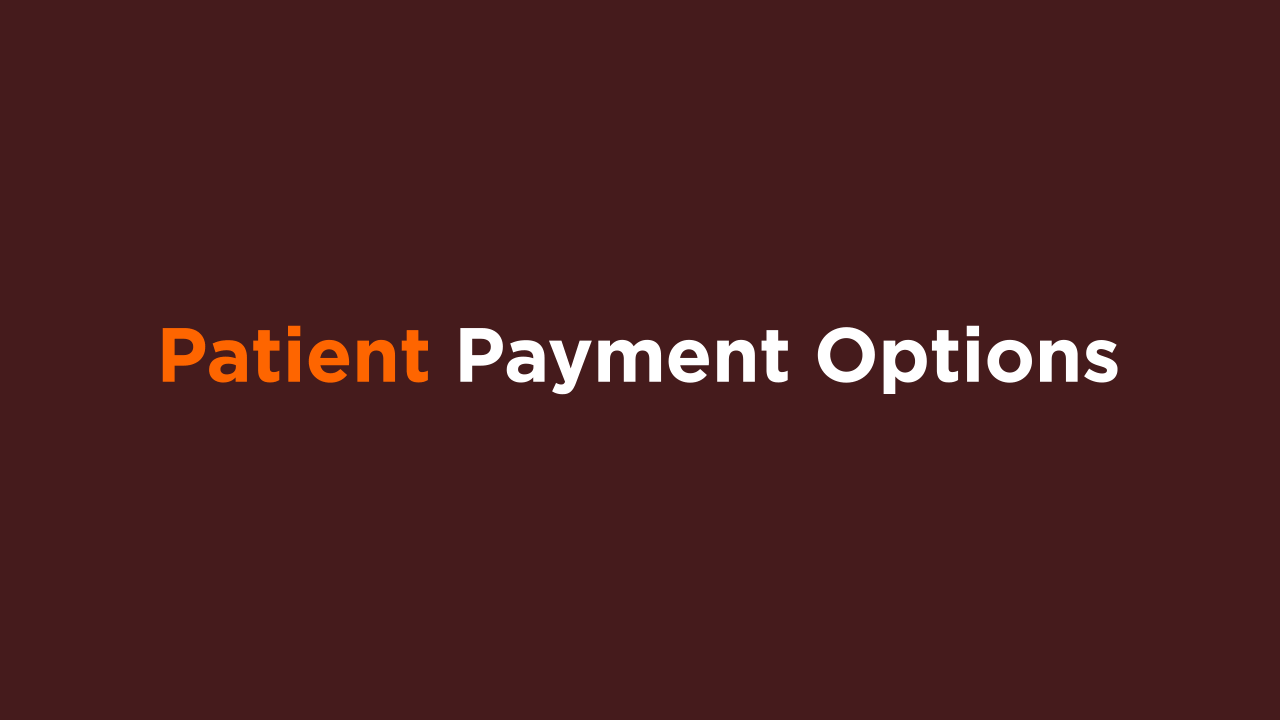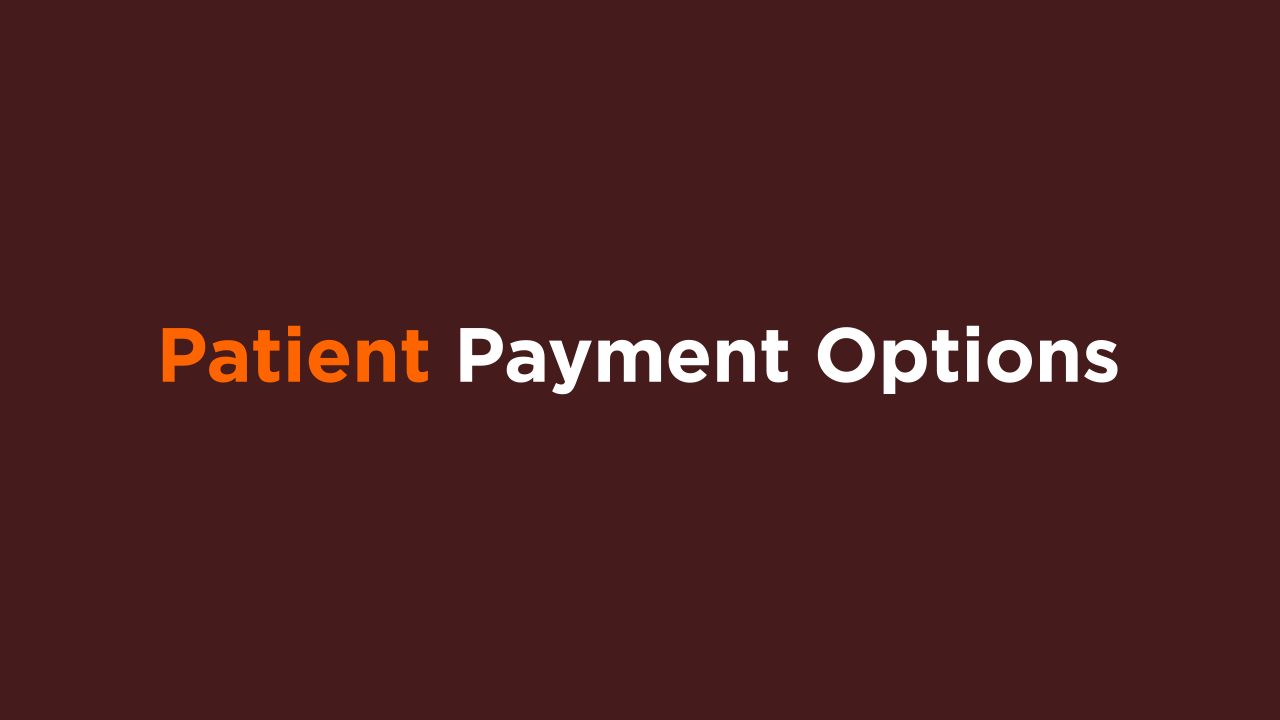7 Patient Billing and Collection System Upgrades for 2022

The healthcare industry faces a great deal of uncertainty entering 2022. Although it’s hard to predict the future of government regulations or other major health concerns like COVID19, you do have control over modernizing your patient billing statements and payments to better fit industry demands and help ease stress for patients. Implementing new systems is easy, and can bring an array of benefits to any healthcare practice for the new year.
1. Implement a Fresh, Colorful Patient Billing Statement
Most people do not enjoy receiving medical bills. However, your practice can make patient statements more visually appealing, helping the customer to feel better about their healthcare experience. Clear, concise, and even colorful statements help effectively communicate the correct message to patients, eliminating billing confusion. In fact, 61% of patients are confused by their medical bills. Oftentimes, confusion results in delayed or no payment- a costly problem for any practice. Simply redesigning the patient billing statement can help improve relationships with patients and even aid in improving collections.

Color patient statements can help the reader understand and access the information they are looking for. In fact:
- 54% of patients say they are more likely to read a document printed in color.
- Color improves information recall over back and white by 60%.
- 76% of consumers said color helps them find content more quickly.
- 43% of people are more likely to pay a bill on time if the invoice is in color.
- 31% were more likely to pay their obligation in full after receiving a color bill.
Check out our infographic for more data on color patient statements!
2. Use Credit Card on File Technology
Collecting patient-owed balance continued to be a top challenge faced by healthcare systems throughout 2021. Credit-card-on-file processes are frequently used to collect payments in many other industries and are recently starting to gain traction in the healthcare sector. In fact, 78% of patients surveyed say they are willing to provide a card on file and authorize use up to $200. With so many patients supporting a card-on-file payment system, it is surprising to note that only 25% of providers currently offer this service.
3. Payment Plans
Another common payment technique successfully used throughout various industries is the payment plan option. Holding a credit card on file will allow a healthcare system to charge (with approval) small, agreed-upon balances over a certain time period to slowly pay down their balance. Providing this payment option helps reduce the stress of large, daunting medical payments and helps most medical practices to collect higher balances.

4. QR Codes
QR codes are used in many industries to communicate information and easily bring up a webpage on a smartphone. This technological tool helps make the healthcare payment process much simpler; patients arrive at their personal payment portal after a quick scan of their patient statement via smartphone. Such a straightforward process allows for speedy and convenient payments, helping encourage patients to pay their obligations at a time that works for them.
Pro Tip: QR Codes have additional utility outside of simply scanning for billing or payment access. Check out these other QR Code functions and how they can improve patient engagement in your practice!
5. Offer Top-Level Patient Information Protection
Unfortunately, 2021 brought an unheard-of amount of healthcare data breaches and other cybersecurity concerns. As more and more patients are opting for technology-enabled doctor visits and interactions, the cybersecurity risk continues to increase.
Patients are having a tough time trusting medical practices with their personal information- and rightfully so. How can you start improving patient collections if they’re not certain their information is secure? Help your healthcare system stand out by partnering with a third-party printing and mailing company that offers a HITRUST certification. This security measure helps ensure that patient information is protected — whether online for payment or mailed out in a statement.
6. Encourage Paperless Patient Billing Statements
Many industries are shifting towards online billing instead of sending paper patient statements. By now, most are familiar with the many benefits of reducing the number of paper statements received. In addition to faster delivery via email, eStatements are easier to keep track of. They also reduce waste and harmful environmental ware. Following patient-friendly billing practices is a great way to build patient-practice trust in 2022.
7. Let the Customer Choose How They Pay

It’s not a secret that patients appreciate the ability to make choices in their healthcare experience. Another way to award this freedom while simultaneously improving patient collections is by offering multiple payment options. Paying medical obligations typically is not a top priority for patients, but an array of payment options allows them to make the payment at a time and place convenient for them. Some helpful payment options to add include:
- Mobile Payments
- Patient Portals
- QR Codes
- Text to Pay
- Credit Card on File
Just simply providing these additional options modernizes the payment process and helps establish meaningful relationships with patients.
Modernizing medical billing statements and payments help differentiate your practice from others in terms of fostering relationships and offering the best possible technology. Ring in this new year with a change that benefits both patient and practice.
Get in touch with MailMyStatements today to learn about our technology-driven patient statement and payment systems!

Heather Turnbaugh is the Social Media and Brand Communications Coordinator at MailMyStatements. She enjoys snowboarding, working out, and nappi




Comments
Post a Comment